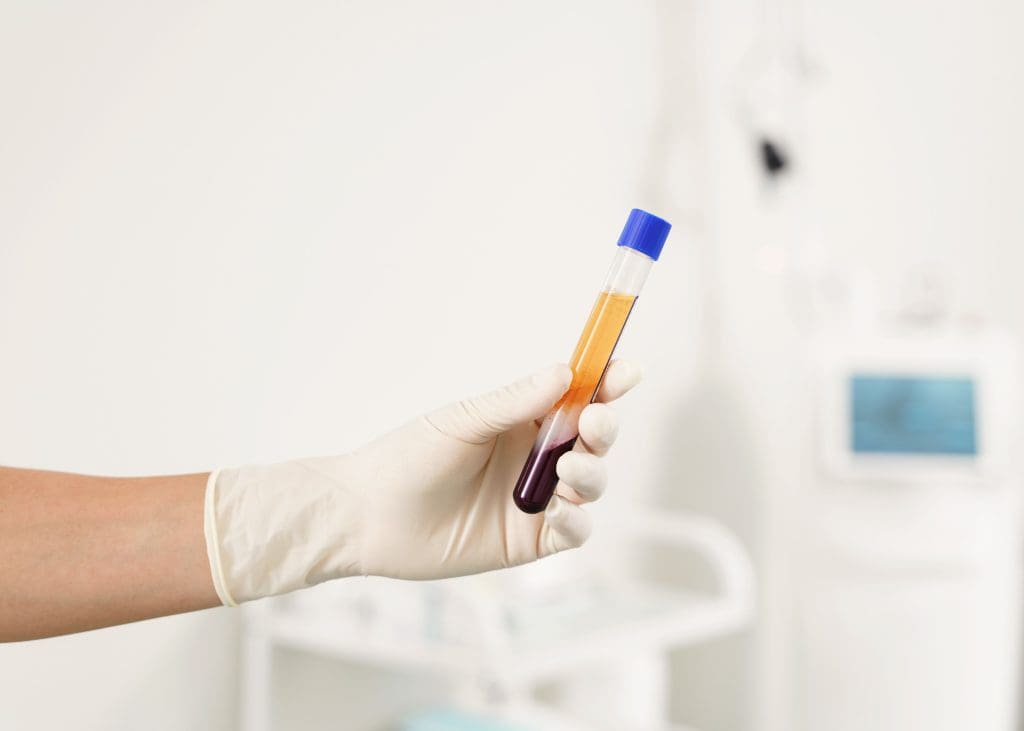Platelet-Rich Plasma (PRP) injections can aid in the recovery process of various injuries and conditions. Tailored to optimize the body’s natural repair mechanisms, these injections may be evaluated in injury management plans. Understanding this treatment option helps patients make informed decisions about their care. Here is more information on PRP injections, their process, the conditions they address, and how they may contribute to healing:
What Are PRP Injections?
PRP injections are a procedure involving plasma derived from the patient’s own blood. Plasma is a component of blood containing proteins and platelets, which play a role in clotting and tissue repair. By concentrating these platelets and proteins, PRP injections aim to support and enhance the body’s natural regenerative processes.
This procedure is often utilized to supplement recovery in patients dealing with injuries or chronic conditions. These injections are regarded as a non-invasive alternative that facilitates a targeted healing response in affected areas. Consulting a specialist helps determine if this treatment is right for individual situations.
What Is Involved in the Process?
The process begins with the drawing of a small amount of blood from the patient. This sample is then placed in a centrifuge, a machine that separates the blood components, isolating the platelets and plasma. The concentrated platelet-rich plasma is subsequently prepared for injection.
Administering the PRP involves injecting the prepared plasma directly into the affected tissue. This is done using imaging guidance, such as ultrasound, to enable precision. The procedure is typically completed within a single session, with minimal disruption to the patient’s routine.
What Conditions Do They Treat?
PRP therapy has been applied to a range of injuries and conditions, some of which involve musculoskeletal or soft-tissue damage. Examples include:
- Rotator cuff tears
- Tennis elbow (lateral epicondylitis)
- Labral tears of the hip
- Knee arthritis
- Hamstring strains
- Ligament injuries
- Disc degeneration
- Chronic neck and back pain
- Ankle sprains
By addressing these conditions, PRP aims to benefit patients experiencing prolonged discomfort or difficulty with recovery.
How Do PRP Injections Promote Healing?
PRP injections are designed to work in conjunction with the body’s natural repair process. Platelets play a role in clotting and release growth factors, which are proteins known to influence cell activity and regeneration. By concentrating and delivering these growth factors directly to damaged tissues, these injections aim to prompt and sustain the healing process.
Upon injection, the plasma provides a localized boost, helping support tissue repair and cell growth. This may promote improved structural integrity and foster the recovery of damaged tissues over time. The targeted nature of this approach allows for precision in addressing injured areas.
Facilitate Your Healing Process Today
PRP injections represent a helpful option for injury recovery and chronic condition management. The use of a patient’s own plasma, combined with its focused application, makes this a procedure suited to various cases requiring careful attention and tailored support. If you are exploring options to aid your recovery process, reach out to a specialized healthcare provider to learn more about this treatment and discuss its suitability for your condition. Take the step toward promoting your body’s natural healing capabilities with a treatment designed for precision and support.









Leave a Reply